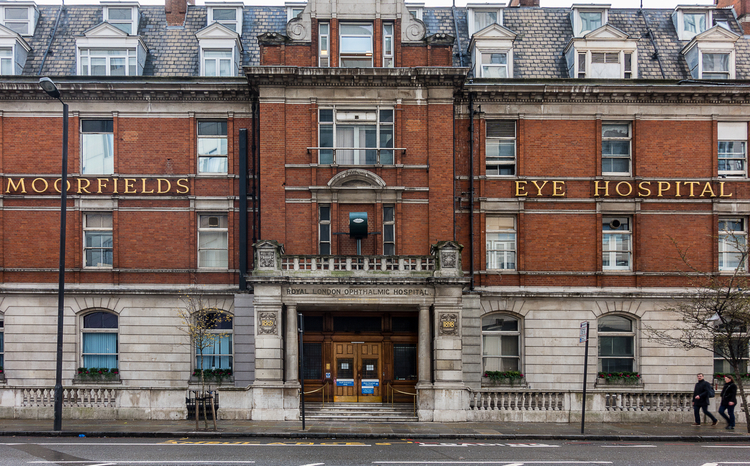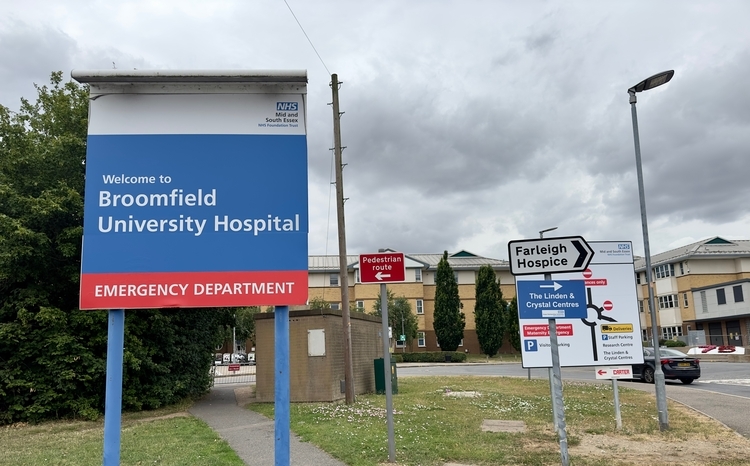Medica 2007: smartcard lows and EPR highs
- 21 November 2007
Although there was good news for medical smartcard projects at the trade fair Medica 2007 in Düsseldorf, doctors critical of IT developments managed to attract more media attention than ever.
But it was not all about cards: vendors of electronic patient records have turned surprisingly optimistic too. And there was a real rising star: the new boss of iSoft, Gary Cohen, made his debut.
The opening address to Medica in terms of health IT belonged to T-Systems this year. On the first day of the show, the Frankfurt-based IT infrastructure solutions vendor announced that it has won the bidding for one of the core components of the German national e-health-infrastructure, the national backbone network.
The initial duration of the contract will be five years, with an option for another five years afterwards. The contract volume is unknown. But a cost-benefit analysis of Booz Allen Hamilton in 2005 calculated for this part of the infrastructure costs of up to 69 million Euros for a five year term. “We have succeeded in winning a core project within the national infrastructure project, and we are well prepared for future biddings,” said the head of the global healthcare business of T-Systems, Hubert Haag.
For T-Systems, this news was indeed important because the company has not managed to get a major contract from health insurance companies for the smart card production so far. Instead, G&D, Orga and Gemalto succeeded in this field. Rumours go that a number of multinational bidders withdrew from the backbone bidding because the German national health IT organisation, gematik, demanded unlimited liability. This, again, was not confirmed officially.
Smartcard tensions run high
Gematik also was in Düsseldorf with a booth. And they finally were able to show what many people have been talking about for more than a year now: prototypes of two new products which doctors can use to generate smartcard-based qualified digital signatures without the need of a PIN for every single signature. One of the two prototypes worked with a biometric fingerprint sensor, and the other one with radio frequency identification.
“We will have the technical specification ready by the end of the year, so that industry can start producing in January”, said Dirk Drees, head of the gematik. The big issue behind the whole story was that the BSI, a federal agency for data security in information technology, had to agree to using fingerprint or RFID instead of a PIN. This took more than a year. “Just a few days ago, the BSI has waved the concept through, at least for the biometric fingerprint,” said Drees.
The fingerprint system is a significant simplification for doctors in private practice, who will have to sign up to 200 prescriptions a day electronically once the national infrastructure goes online. But the good news was not enough to calm doctors down. In fact, at no other health IT event so far has the protest of parts of the medical establishment become so visible.
Right in front of the entrance, there was a demonstration against the smartcard project on day one of Medica. And on day four, there was a tense discussion round between one doctor who is involved in the smartcard project and an opponent.
What this discussion actually showed was that the counter-arguments against the smartcards are not particularly solid. The main concern was about privacy, but even renowned privacy advocates are not convinced of what some doctors fear: “Most of the arguments brought forward are plain silly”, said Thilo Weichert from the Centre of Data Security and Privacy in Flensburg.
Siemens and ICW: We are taking off!
Luckily enough, Medica was more than smartcards. Especially vendors of electronic patient records have become surprisingly optimistic all of a sudden. “A lot of things started moving in the last six months, both on the US market and in Europe. 2008 will be a breakthrough year for us”, said Peter Reuschel, head of ICW.
The company has presented the latest version of its personal health record LifeSensor, which will go live in a pilot project with Germany’s biggest health insurance company, Barmer Ersatzkasse, in December. ICW also targets doctors in private practice now with new software for online accounting that is planned to be rolled out with GPs from January 2008 onwards. It might act as a kickstarter for further online activities, since one of the big doctor’s associations is involved, the Hausärzteverband.
Siemens’ representatives, too, were relaxed and optimistic after their recent deal with the private hospital chain “Rhön Klinikum” on a Germany-wide Soarian Integrated Care-installation. “The last months have convinced me that we are on the right track”, said Volker Wetekam, head of global solutions at Siemens Medical. He does see integrated care solutions as a major component for a global health-IT company like Siemens: “They are far easier to standardise than, say, hospital information systems.”
CompuGroup and iSoft do it separately
Several news items were announced by CompuGroup. In particular, the company has restructured its electronic patient record vita-X. It is no more exclusively a doctor-driven EPR, but now comes in a PHR-version and in a version for health insurance companies too. This can be read as a reaction on market trends towards PHR-solutions, which so far have not been represented in the CompuGroup portfolio.
Together with the ministry of health of North Rhine Westfalia, CompuGroup also presented a new software tool for doctors in private practice to identify patients at risk for diabetes and depression. “This tool can be a major component for future prevention programmes”, said secretary of state Stefan Winter from the ministry of health.
Parallel to Medica, CompuGroup announced its results for the third quarter 2007. The company itself points at an increase in turnover as compared to 2006 of roughly a third to 128.6 million Euros for the months January to September 2007 and an increase in EBITDA of 45% to 37.4 million Euros. But there was also a sharp decrease in cash net income of around 50%, which was explained as a result of costs in the context of the failed iSoft takeover.
The iSoft booth was of particular interest for many IT-minded visitors of the medical devices dominated show this year. Not only was there a party on day two, but there was also a new face. Gary Cohen, head of IBA Health, gave his debut at Medica as the new owner of iSoft. And he did manage to attract both heads of the gematik, Dirk Drees and Peter Bonerz, indicating that iSoft does have a good standing within the German smartcard project at the moment.
The company is engaged in the smartcard test region Saxonia, which is generally considered to be the best run of all regions. But there is more to say about iSoft than smartcards. Just in time for Medica, the company started to go live with Lorenzo 2.0 in three departments of the university hospital of Aachen. The hospital is also establishing an integrated care scenario using the Lorenzo-platform in the near future.
What else? It was not all about IT, obviously. Medica as a whole continues to be the largest purely medical trade fair worldwide. Once again, it managed to break every previous record with 4309 exhibitors from 65 countries covering around 118,000 square metres of exhibition space.
Philipp Grätzel




